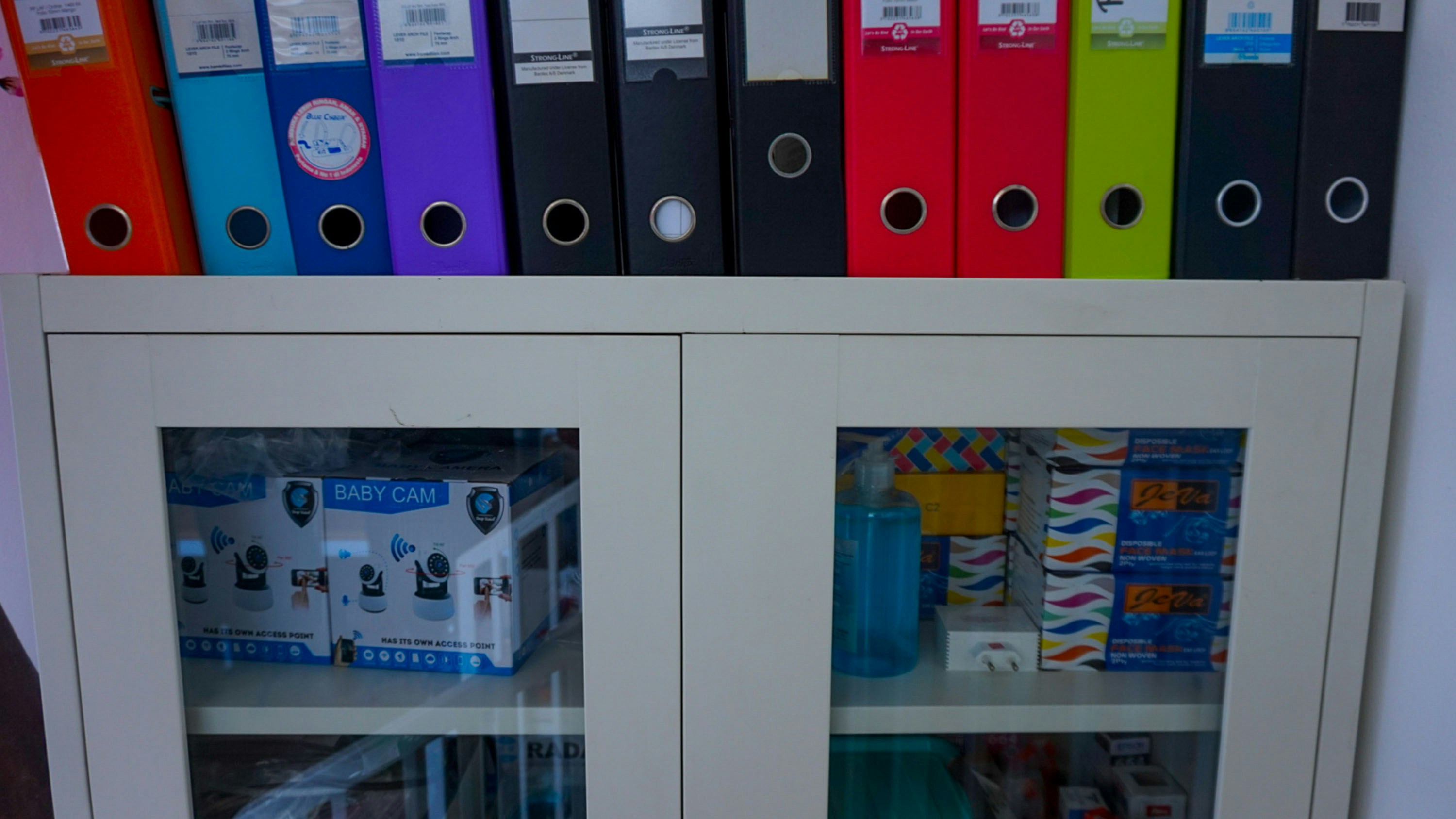ProjectsAboutBlogs
Software Development
Web Design and Development
Mobile Application
Cloud Solutions
Big Data Services
AI & ML Solutions
CRM Consulting
Contact
A remote software development company

When choosing the right image format for your website, digital project, or application, understanding the differences between WebP, JPG (JPEG), and PNG is crucial. Each of these image formats serves different purposes, offering unique benefits in terms of quality, file size, and compatibility.
In this article, we'll break down the differences between WebP, JPG, and PNG to help you choose the most appropriate format for your use case.
| Feature | WebP | JPG | PNG |
|---|---|---|---|
| Compression Type | Lossy and Lossless | Lossy | Lossless |
| File Size | Smallest (with quality) | Smaller than PNG | Largest |
| Transparency | Yes (supports alpha) | No | Yes (supports alpha) |
| Best Use Case | Web images, performance | Photographs | Logos, icons, detailed graphics |
| Browser Support | Modern browsers | All browsers | All browsers |
| Image Quality | High-quality (lossy/lossless) | Good (depends on compression) | High (no quality loss) |
| Photos? | Yes | Yes | No (file size too large) |
| Graphics? | Yes | No | Yes |
| Animation Support | Yes (supports animated WebP) | No | No |
WebP is a relatively modern image format developed by Google, designed to provide superior image compression compared to older formats like JPG and PNG. WebP supports both lossy and lossless compression, offering high-quality images with smaller file sizes. It also supports transparency (alpha channel), making it a versatile alternative to PNG.
WebP’s primary advantage is its ability to reduce image file sizes without significantly compromising visual quality. This makes it a popular choice for web developers looking to optimize website performance by reducing image load times.
WebP is best suited for use in web development when optimizing performance is crucial. Its ability to significantly reduce file sizes while maintaining image quality makes it ideal for websites and mobile apps where faster load times can improve user experience and SEO rankings. WebP is a good choice if you're working with modern browsers and need to balance image quality with performance.
JPG (or JPEG), which stands for Joint Photographic Experts Group, is one of the most commonly used image formats on the web. It uses lossy compression, which reduces file size by permanently discarding some image data. This makes JPG ideal for photographs and images with gradients, but it is less suitable for graphics with sharp edges or text, where the loss of data can be noticeable.
JPG images typically have smaller file sizes compared to PNG, but the image quality can degrade if the compression is too high. However, it’s a widely supported format and is compatible with virtually all web browsers and platforms.
JPG is a go-to format for photographs and complex images with many colors and gradients. Its lossy compression makes it suitable for reducing file sizes without a significant drop in quality for most photo-based images. JPG remains one of the most widely accepted formats across platforms, making it a safe choice for general use.
PNG stands for Portable Network Graphics and is known for its lossless compression, which means it compresses images without any loss in quality. PNG is ideal for images that require transparency (like logos or icons) and for images where sharp lines and text need to be preserved. However, PNG files tend to be much larger than JPG files, which can affect load times, particularly on websites.
PNG is typically used for images where quality and transparency are more important than file size, such as in web design, digital art, and product graphics.
PNG is the preferred format for images that need transparency or where lossless quality is essential. It’s a popular choice for logos, icons, and images where sharp edges or detailed text must be maintained. PNG should be used sparingly on websites due to its larger file size, which can negatively impact performance.